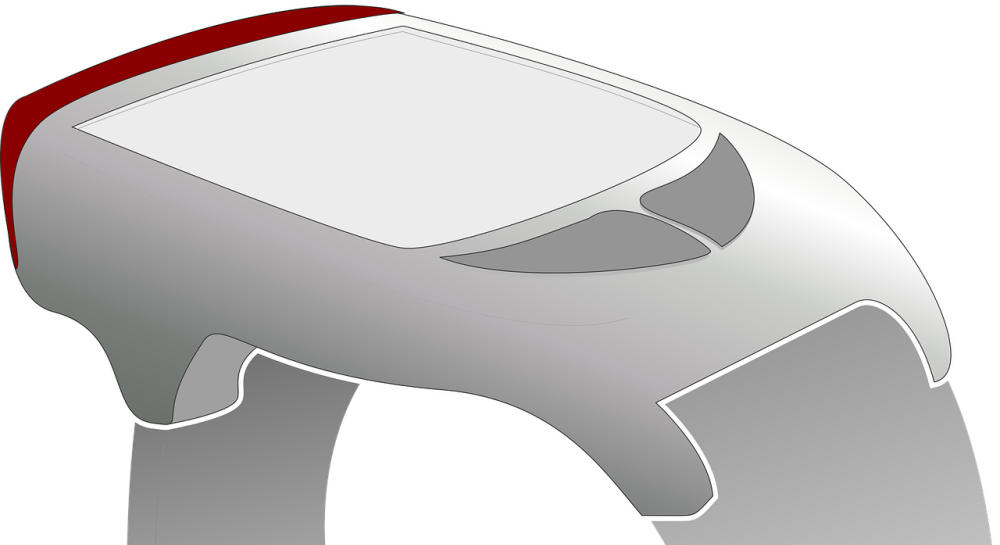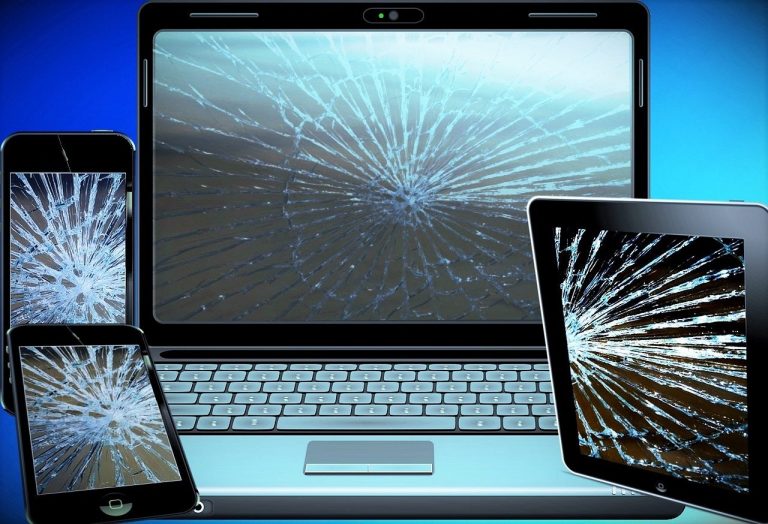– Teresa Madaleno:
You might think that wearables have come a long way in a short period of time, but the truth is, the first wearable computer was developed by a mathematics professor named Edward Thorp back in the 1960’s. Today, modern devices like smart watches and fitness trackers have popularized wearable technology. What makes wearables so powerful is that it’s creating a world of valuable real-time data.
The best thing about wearables devices is that they are designed to monitor you or interact act with you, but either way the gadgets have the potential to benefit our lives and our livelihoods. Wearables use sensors and real-time data to bring human and digital technology together. In the case of a fitness app, there is a human purpose and that is so important in a world where
it is becoming increasingly difficult for healthcare workers to provide quick individualized patient attention.
How do wearables work?
Wearables are filled with sensors that can track movements, location, as well as many other data points. Essentially, the devices combine data and intelligence to come up with smart insights. During the height of the COVID-19 pandemic, Sparta Group relied on intelligent insights using symptom prediction sensors as employees entered its electronic waste recycling facility (ERS International) in Toronto. As a result, there were no major outbreaks of the deadly virus at ERS. The success of the program has prompted management to explore the future potential of sensor-centric technologies.
Today, there are many examples of wearable uses, such as in gaming/entertainment, the fashion industry, and the military, but what most people are familiar with is the application of sensor-focused wearables for health. This is what Sparta is most interested in right now; looking at opportunities to help individuals and employees live healthier, more productive lives.
“Sensors can be used to detect early signs of illness or health events. One example that comes to mind is how wearables can be used to help someone with diabetes easily track blood sugar levels. We are working with our technical team, as well as looking at our customers’ needs to determine what health technologies we should be developing, especially solutions that can help employers and employees,” said Sparta President, Tony Peticca.
According to market researcher Market. US, the global wearable technology market was valued at USD 61.3 billion in 2022 and is expected to reach USD 231 billion by 2032.
Both technology and health experts agree that the future of wearable tech is very promising. The use of wearable watches, smart clothing, and augmented reality are emerging trends that hold enough power to transform healthcare forever.




